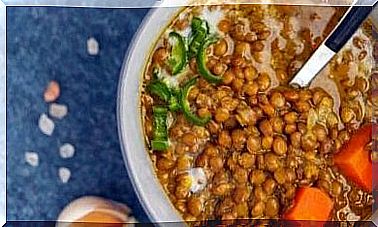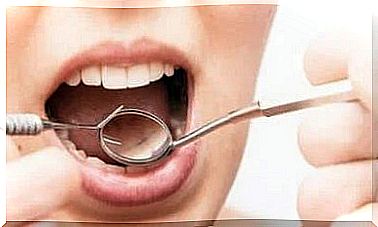Foods Allowed In Cirrhosis

The types of food allowed in cirrhosis depend on the stage of each patient’s disease. Considering that the disease has no cure, setting long-term goals is a priority, because the diet recommended by the doctor must be followed for many years.
This pathology is the end result of chronic liver damage. According to the American College of Gastroenterology, approximately 5.5 million people in the United States suffer from liver cirrhosis. Believe it or not, this condition causes about 26,000 deaths a year.
What is cirrhosis?
According to several studies in the field, one of the main causes of this pathology is excessive alcohol consumption. Then, on the list of causes we have biliary obstruction, chronic hepatitis B or C and other liver diseases. It is very important to discover the different causes of the disease. For example, alcoholics cannot follow the same diet as other patients.
- Jaundice. Represents yellowing of the skin and mucous membranes due to increased bilirubin levels.
- Ascites. This is the accumulation of fluid in the abdomen due to changes in the internal pressure of the blood vessels.
- Encephalopathy. This causes mental confusion due to the presence of toxic substances in the brain.
In alcoholics, malnutrition is even worse. On the one hand, we are dealing with the harmful effects of liver disease. On the other hand, we must add the lack of variety of foods consumed due to bad habits caused by addiction.
Foods allowed in cirrhosis

Each particular case must be subject to a thorough assessment. Research in this area indicates that to avoid deficiencies, protein intake should be 1 to 1.5 grams per kilogram (2 lb) of body weight. Specialists also suggest serving 5 light meals a day.
In addition, all toxic substances (including alcohol, of course) must be completely eliminated from the diet. In fact, when alcohol abuse is the cause of this pathology, its elimination slows down the progression and improves the prognosis remarkably.
Nutrition in more severe cases of cirrhosis
- Restricting sodium intake, as it promotes fluid accumulation and aggravates ascites.
- Reducing the consumption of protein so as not to overload the liver, the main tissue responsible for their metabolism.
The introduction of vitamin complexes into the diet can also be considered – vitamins B and K are particularly important. The first vitamin prevents the development of neuropathies and the second reduces bleeding episodes resulting from clotting problems.

Liver transplant option
Those who reach this stage must take medication to prevent the body from rejecting the new organ. But these drugs have side effects, many of them liver.
Foods allowed in cirrhosis: issues to remember
You need to go to the doctor and nutritionist regularly to assess your overall health and establish the right diet. It will also be necessary to use medication, as the complexity of the disorder does not only allow for a dietary approach.









